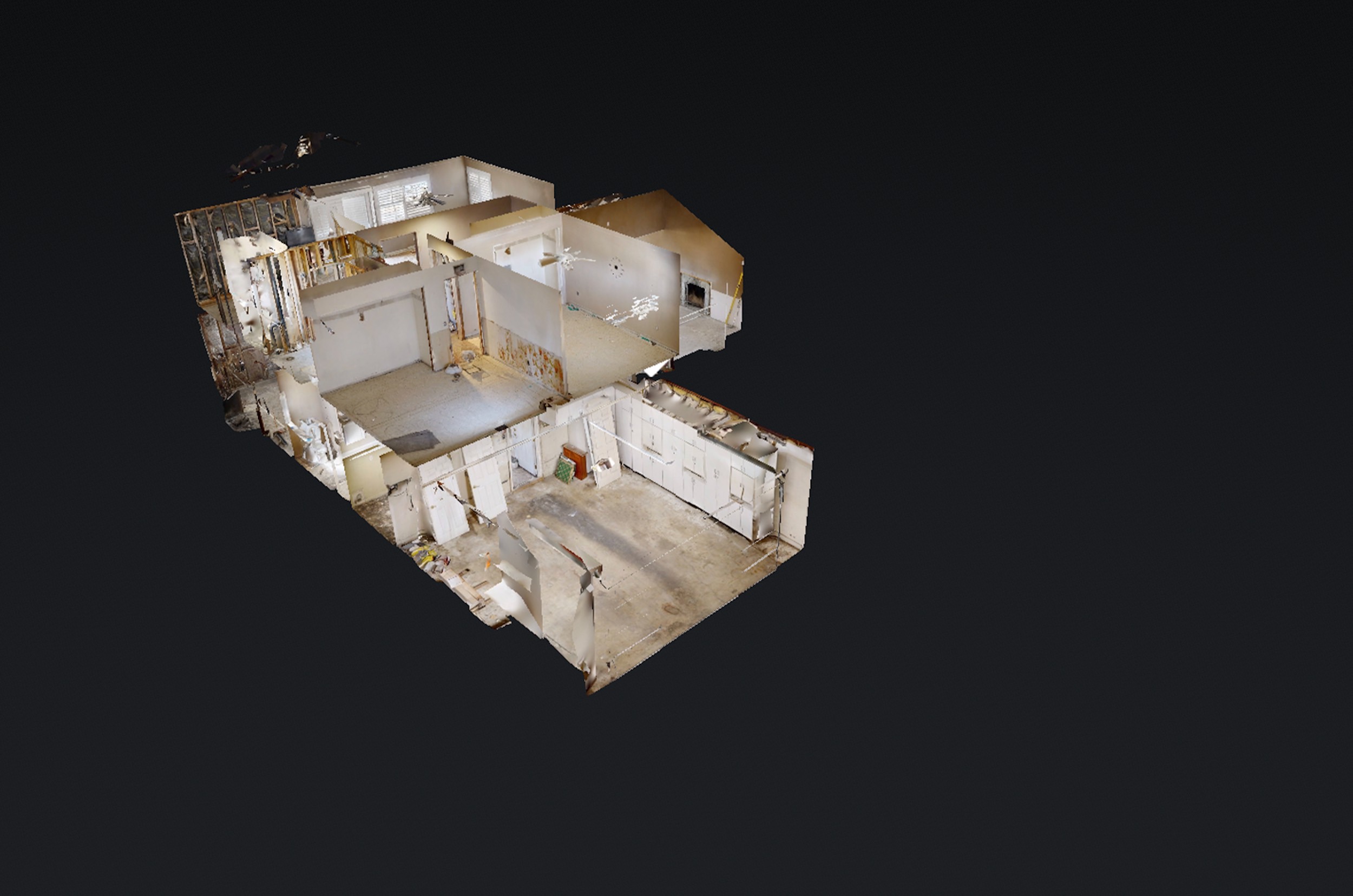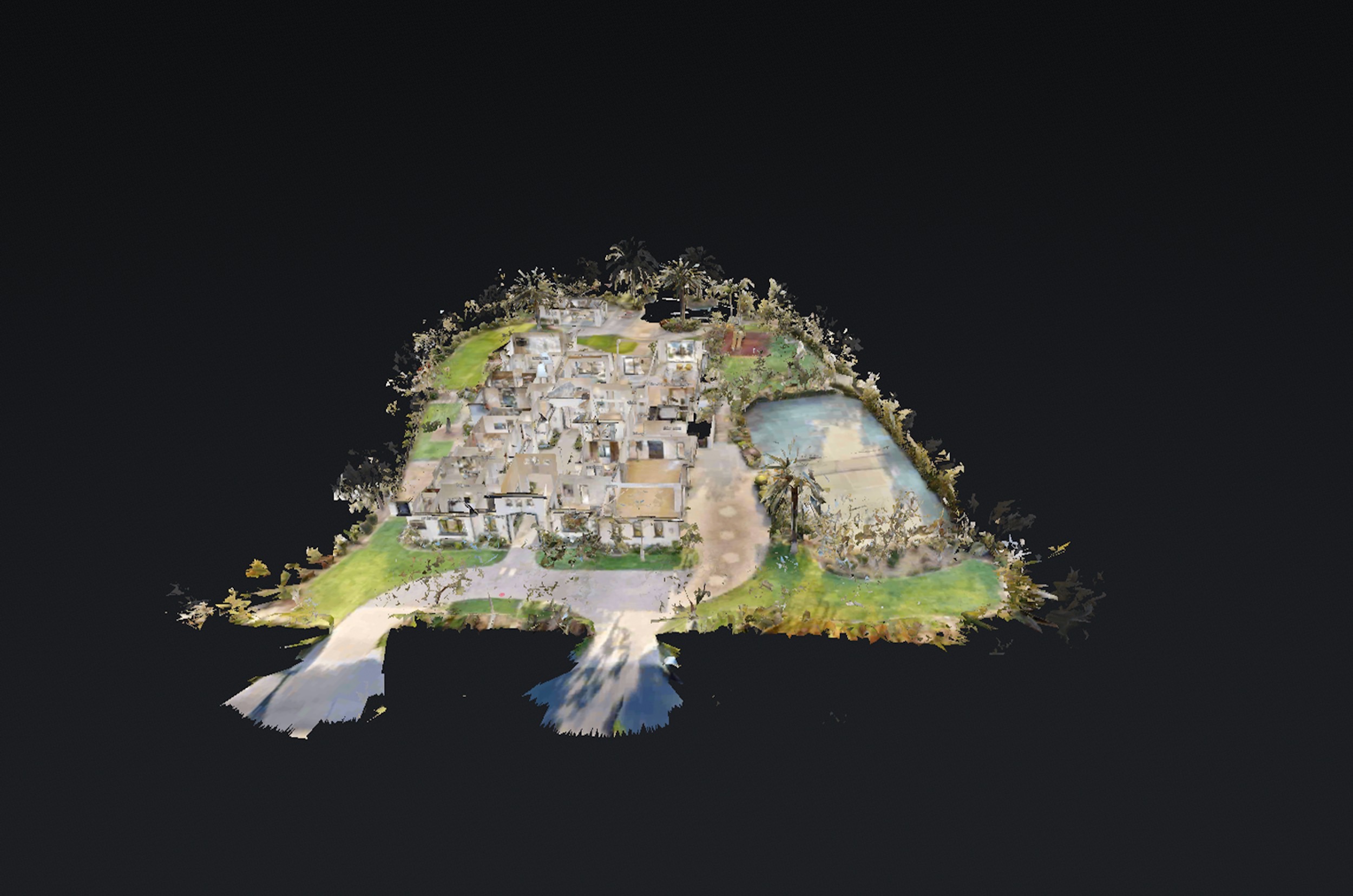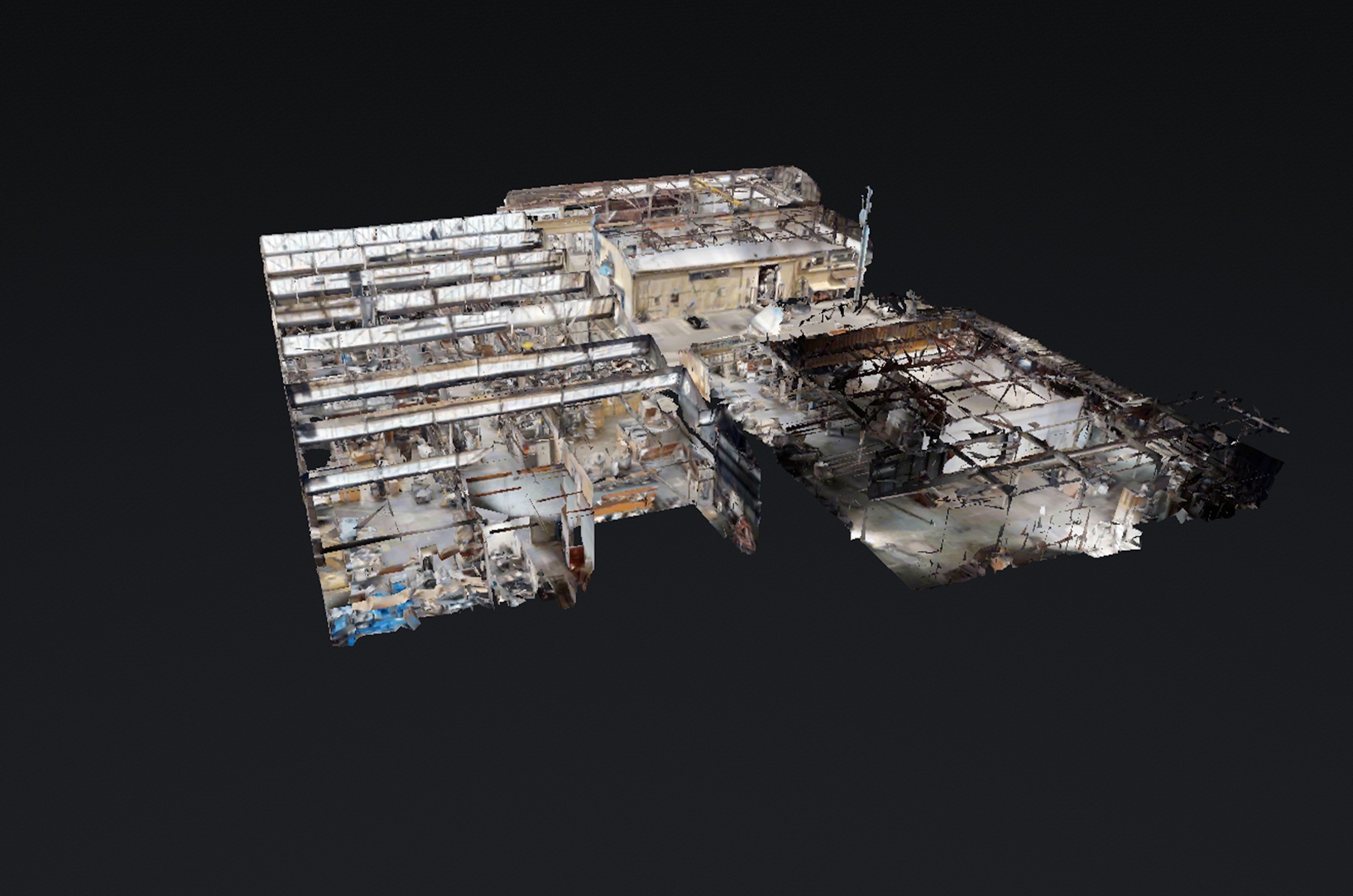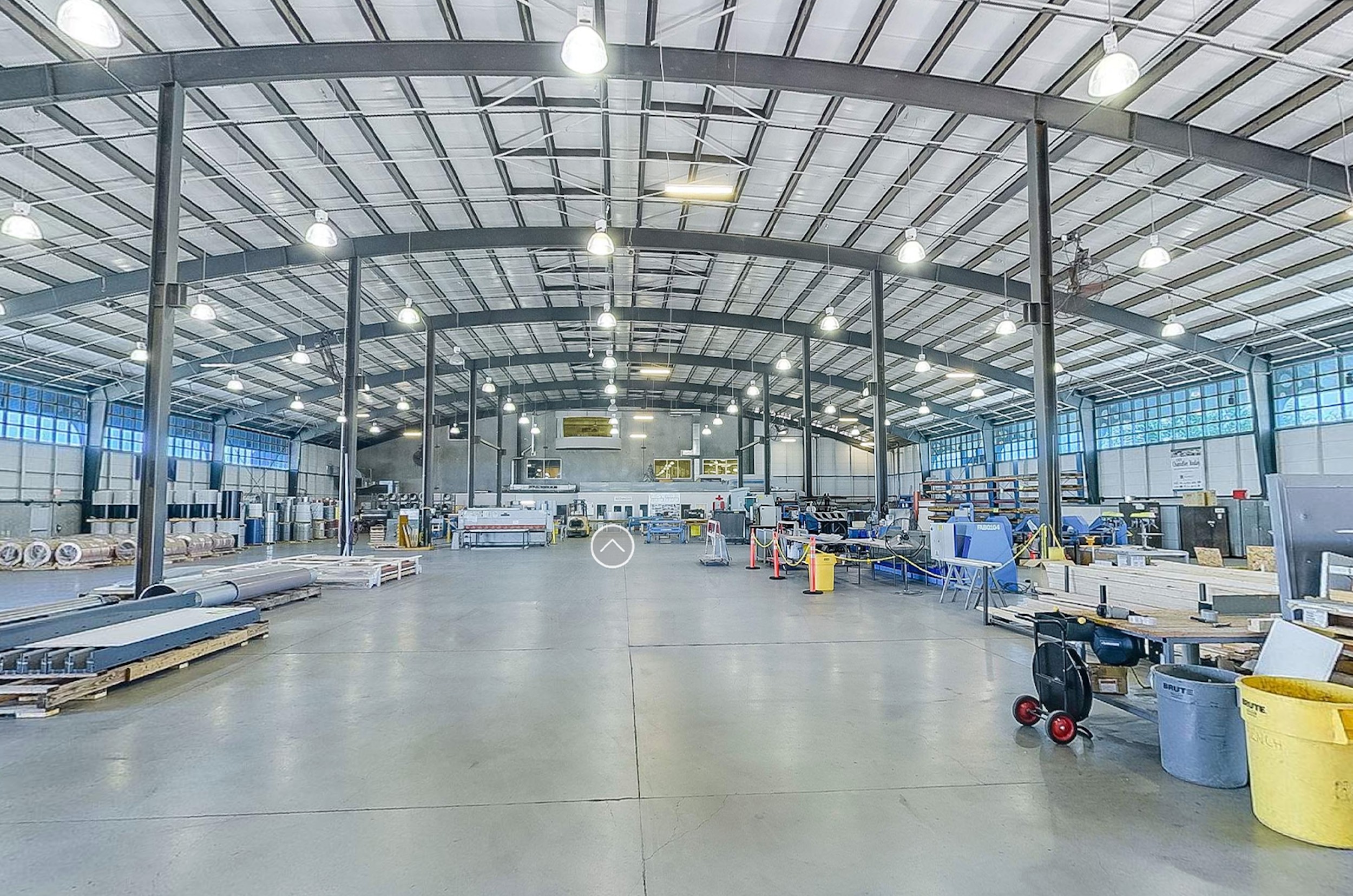With the evolving digital landscape in the real estate industry, interactive 360 virtual tours have emerged as a groundbreaking tool for commercial property marketing. It’s no longer just about static images and floor plans; it’s about giving potential clients an immersive experience from anywhere in the world.
The Power of Immersive Experience:
Traditional property tours can be limiting, often relying on the viewer’s imagination. Interactive 360 virtual tours offer a lifelike experience, allowing clients to virtually step into the space, move around, and visualize their operations in the environment
1. Building a Global Audience:
Global Reach: With virtual tours, the geographic boundaries that restricted property viewings no longer apply. Investors and tenants from different continents can now view, assess, and finalize properties without even boarding a plane.
2. Cost-Efficient and Time-Saving:
Quick Decisions: Virtual tours can accelerate the decision-making process. Clients can revisit the property as many times as they like, eliminating the need for multiple on-site visits, which saves time and money for both parties
3. Highlighting USPs with Hotspots:
Interactive Features: Virtual tours can incorporate clickable hotspots. These are ideal for pointing out unique selling points of a property, such as energy-efficient fixtures, state-of-the-art security systems, or proximity to local amenities.
4. Integration with Other Digital Tools:
Holistic Experience: Realtors can integrate virtual tours with other online resources, like local area videos, tenant testimonials, or 3D floor plans, providing a comprehensive digital package to potential clients.
5. Data-Driven Insights:
Feedback Loop: Most virtual tour platforms offer analytics. Realtors can see which areas of the property receive the most attention, helping them understand what clients are most interested in and tailor their pitch accordingly.
Conclusion:
In a world driven by digital experiences, interactive 360 virtual tours are not just a luxury but a necessity for commercial property marketing. As more businesses see the benefits, those who don’t adopt this technology might find themselves left behind. It’s more than just a visual tool; it’s a comprehensive marketing strategy.







